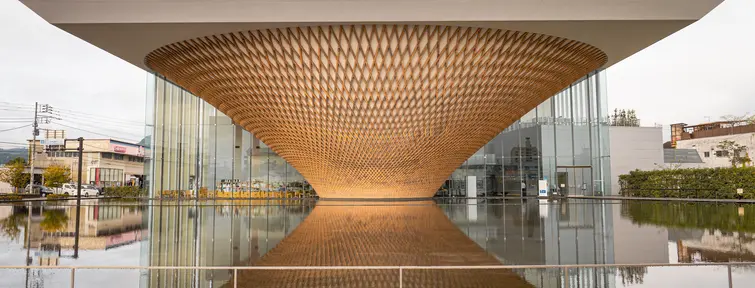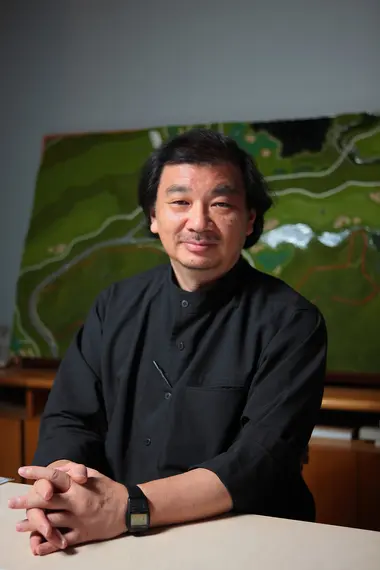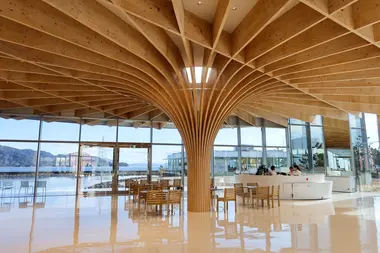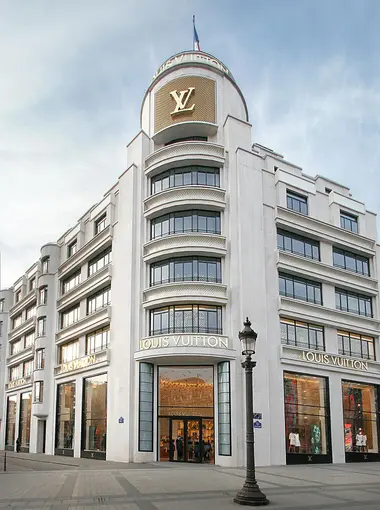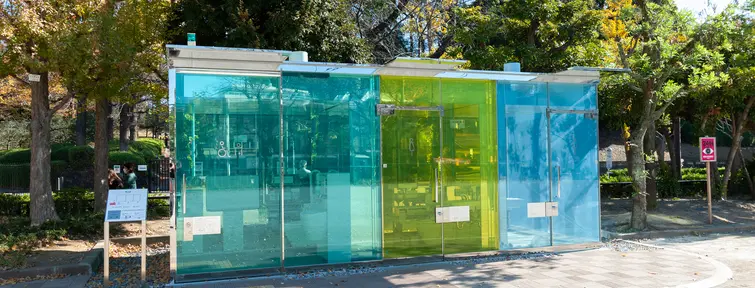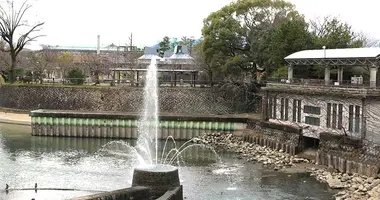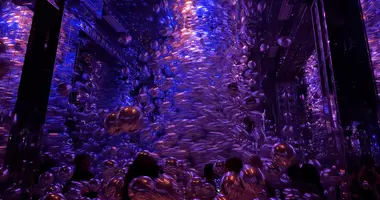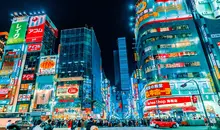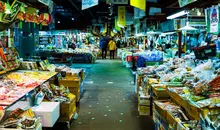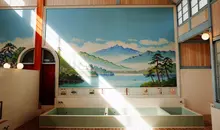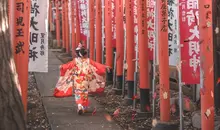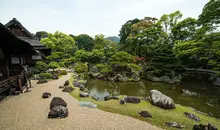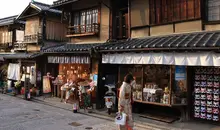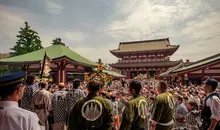Ban Shigeru, the architect who sublimates paper
- Published on : 08/07/2025
- by : Ph.L
- Youtube
Famous for his ephemeral buildings for victims of natural disasters, Ban Shigeru is a major figure in Japanese architecture. Winner of the Pritzker Prize in 2014, this humanist architect has proved that architecture and ecology are not incompatible. Here's a look back at a career made of cardboard and humanism.
Join our special architecture tour of Tokyo
Discover Tokyo's most beautiful architectural structures.
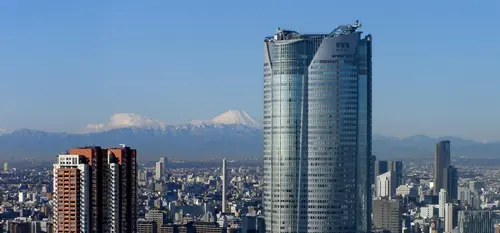
Mori Tower in Roppongi Hills
Wikimedia Commons
Youth and influences
Ban Shigeru was born into a small wooden house in Tokyo on August 5, 1957. His early fascination with noble materials led him to study architecture at Tokyo University of the Arts, then at the Southern California Institute of Architecture.
In 1984, he studied under John Hejduk at the Cooper Union School of Architecture. An academic background that was to shape his vision of architecture.
From Japan, he has retained a taste for simplicity. From the West, he drew inspiration from architectural poetics, a concept that revisits fundamental geometric forms.
A defender of the environment, Ban is not interested in fashionable materials. He advocates the use of recyclable materials, such as paper and cardboard, to create buildings that respect the environment and its users. It's this approach that has made his name.
Kobe's paper church: an ecological and social feat
"The sustainability of a building has nothing to do with the materials used," Ban Shigeru is quoted as saying. By considerably reducing production costs and their environmental impact, the use of recyclable materials is part of an ecological approach, essential to the creation of sustainable cities.
A perfect example of this approach is the paper church in Kobe. In 1995, Ban undertook the construction of an ephemeral church to replace the building destroyed in the great Hyogo earthquake. Made from cardboard tubes, the structure was erected in a fortnight, and was used by the faithful until the original church was rebuilt. This success is in keeping with the architect's humanist vision, and over the years he will continue to create works for the common good.
Heart in hand
Over the course of his career, Ban created several temporary shelters. First for the victims of Rwanda's civil war in 1994, then for those of the Turkish earthquake in 1999.
In 2013, he set up a replacement building for Christchurch Cathedral, following its collapse in the 2011 earthquake.
His work with recyclable materials is part of a sincere desire to rethink architecture as a means of improving the human condition. A noble approach that has earned him the recognition of his peers.
Recognition and transmission
In addition to his humanitarian work, Ban Shigeru has made a name for himself abroad with a number of creations. These include the Cité Manifeste Pierre Zemp in Mulhouse in 2005, which includes a social housing complex that will be awarded the "Architecture contemporaine remarquable" label in 2022; the Maison Louis Vuitton in Paris in 2006, where the architect exhibited a temporary cardboard structure covered in Vuitton fabric; and the Hermès pavilion in Milan in 2011.
Notable distinctions
In 2014, Ban Shigeru became the 37th winner of the Pritzker Prize, the highest distinction in modern architecture. In 2022, he received the Princess of Asturias Prize, Concorde category, a Spanish award given to individuals who have distinguished themselves in their field. Last year, he received the Praemium Imperiale award from the Japan Art Association for his unique approach to building. A vision that the architect strives to pass on today.
Towards teaching
A professor at Keio University (Tokyo) since 2019, Ban Shigeru strives to pass on his values to future generations. Since 2023, he has also been teaching at Kyoto University of the Arts and as a visiting professor at Shibaura Institute of Technology. All the more reason to prepare the next generation for tomorrow's environmental challenges.
Where can you see Ban Shigeru's work in Japan?
The hotels
- Simose Art Garden Villa (Otake, Hiroshima prefecture, 2023)
- Shishi Iwa House No.1 (Karuizawa, 2018) and Shishi Iwa House No. 2 (Karuizawa, 2022)
- Shonai Hotel Suiden Terrace (Yamagata, 2018)
- Kur Park Nagayu (Oita, 2019)
- Zenbo Seinei (Awaji, Hyogo prefecture, 2022)
Looking for authenticity? Discover our architect-designed homes
Our houses for rent are waiting for you all over Japan!
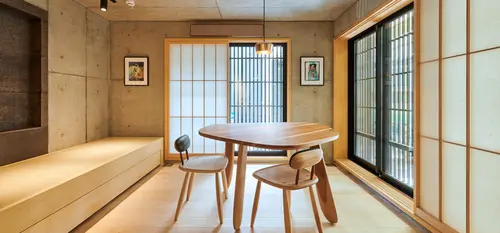
Delta Stay - Kyoto
Notable buildings
PAM Mishima: The Mishima Paper Museum could only call on Ban Shigeru to construct its building in the shape of a giant shoji door.
Oita Prefectural Art Museum (OPAM): The museum presents a vast collection of 3,300 works by modern and contemporary artists in a bright, sustainable environment.
Onagawa railway station (Miyagi prefecture).
Mt. Fuji World Heritage Centre ( Shizuoka prefecture): A museum dedicated to Mount Fuji, with the features of the famous upside-down mountain.
Yufu Tourist Center (Oita prefecture): A streamlined center of wooden alcoves, housing a wealth of knowledge.
Mt. Fuji Shizuoka Airport (Shizuoka prefecture): An artistic stopover for all travellers to the green tea prefecture.
The transparent toilets of Yoyogi Park (Tokyo): To be discovered soon in one of our guided activities.
- TOYOTA CITY MUSEUM (Hyogo Prefecture): A dynamic cultural hub made of wood, in the heart of Hyogo's capital.
-> Discover all of Ban Shigeru's work on the architect's official website
Passionate about architecture? Visit our website to discover new architectural feats in Japan and subscribe to our newsletter subscribe to our newsletter. We're also on Instagram.
Visit the tea fields of Shizuoka
Discover the secrets of green gold production in Shizuoka.
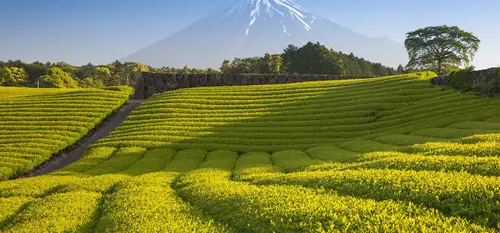
Mount Fuji tea fields
@ sakarin Sawasdinaka / 123RF
